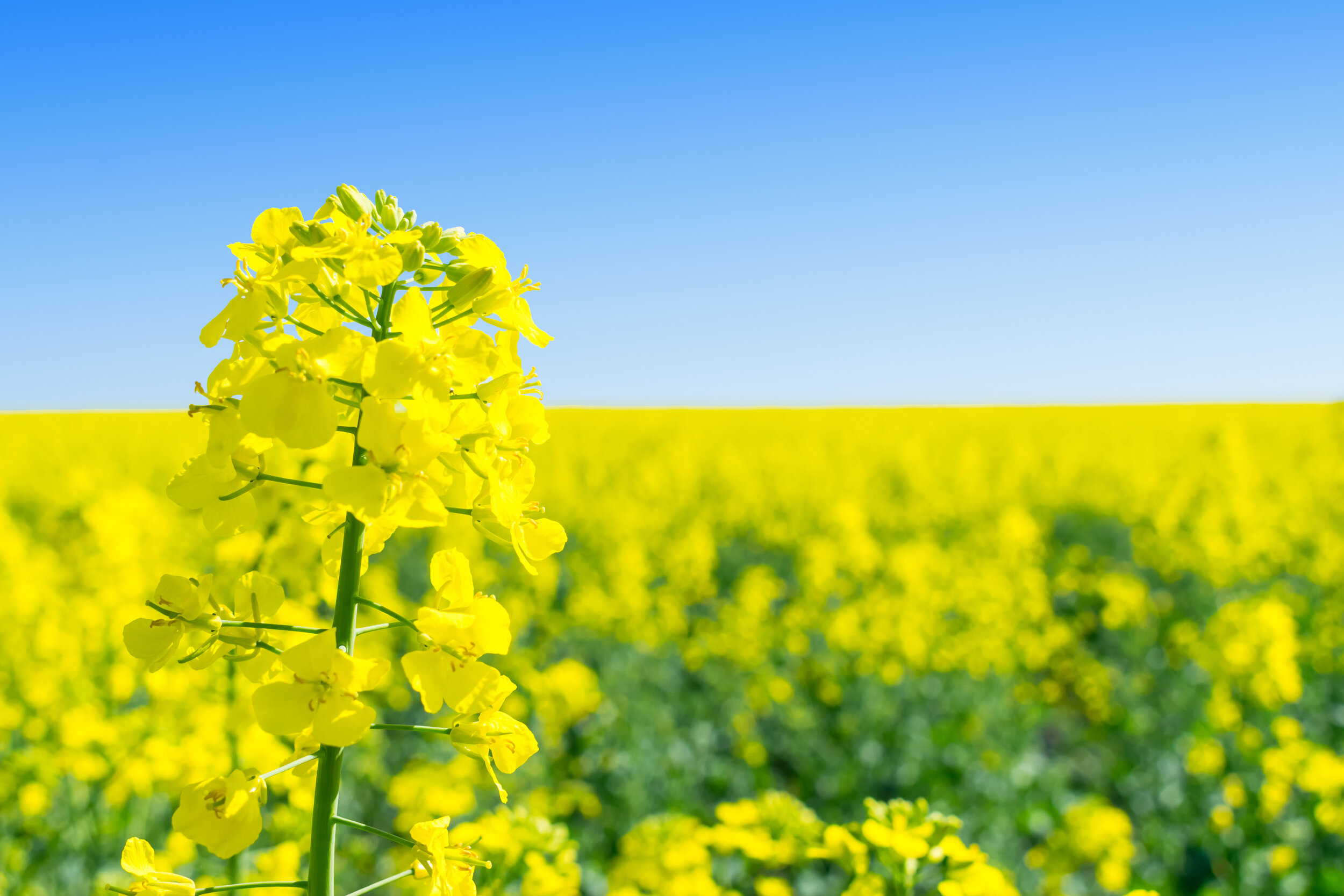WOSR – What’s the future for this faithful break crop.
With the integrity and sustainability of OSR production hitting the headlines, the future of this crop seems to be spiralling down a dark tunnel, but could there be light at the end for those few growers giving it another go?
The 50% fall in planted area since 2012 really highlights how unsustainable our production model was before the neonicotinoid ban. Tight rotations, over reliance and overuse of the chemistry have all been exposed in recent years. We are now starting to discover, from ongoing scientific studies, a few more clues to the sustainability of the crop for the future.
With industry wide concerns about the rapid decrease in the Winter Oilseed rape acreage, some of the insurance type schemes could be worth looking at from some of the seed companies, but some may be limited to specific varieties.
Break crops are designed to reduce the pest, weed and disease pressures for our main cash crops, not build them up. Crops are the key element; this fact seems to have been forgotten. To reduce the main threat to OSR production, we should be growing multiple break crops within the rotation and only growing OSR in 1 in every 5 years. Once a sustainable rotation has been cemented, the crop will not be held back by lesser highlighted but costly diseases such as club root or fusarium at establishment, helping it to fend off pest attacks.
There is not an exact science to fending off Cabbage Stem Flea Beetle (CSFB), but a holistic approach is required to give the crop the best possible chance. If seedbeds are dry, whatever the calendar tells you, it is the wrong time to drill.
1. Seedbed conditions must be perfect, moist with further rain on the horizon.
2. High vigour variety – do not be tempted to home save seed.
3. Roll to preserve moisture and restrict movement of CSFB.
4. Earlier drilling will increase larvae populations in the crop, this can be negated by autumn grazing by sheep for instance.
5. Long stubbles from previous cereal crop confuses the beetles in flight but the adults will get trapped in the spider’s webs which form, trapping the beetles.
6. Leaving volunteer OSR in surrounding fields can assist as a trap crop.
7. Companion crops can repel the CSFB but can also drain moisture from the establishing crop. Buckwheat can unlock phosphate; berseem clover increases soil structure and fertility later in the crops life and fenugreek appears to naturally repel the beetle.
We now have a good ‘toolbox’ of post emergence chemistry available for control of both broadleaved weeds and grassweeds, so hold off on pre emergence herbicides because they will only supress the vigour of the young seedling at its most vital stage. With confirmed resistance to insecticides on many farms, spraying is not justified more than once and will only reduce the beneficial insect population further. Foliar nutrient applications of Nitrogen & phosphate can help to move the crop through this early vulnerable growth stage, or we can use Phosphate Plus as a starter fertilizer in the seedbed. Phosphate Plus a carefully constructed blend of DAP and polysulphate, offering controlled release of multi nutrients, vital to early plant development. Phosphate, as we know, can improve the speed and vigour of crop establishment.
The Winter oil seed rape crop, on paper, remains our most profitable break crop, where it can successfully be grown. Our approach in the future may need to look more like the black grass strategy we have developed in recent years in the cereal crop.
Contact our team today to discuss your OSR plans by calling 01243 784171 or email info@bartholomews.co.uk

